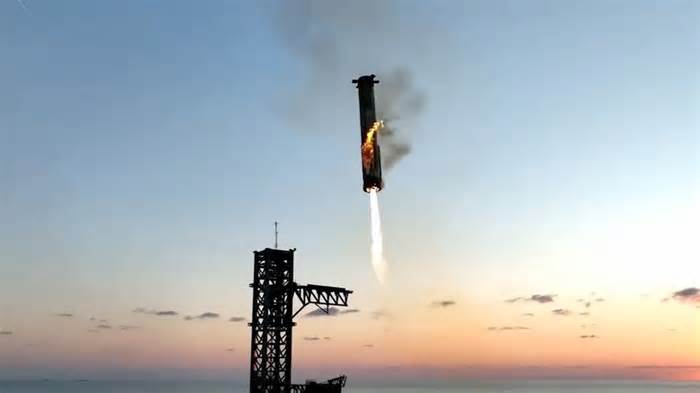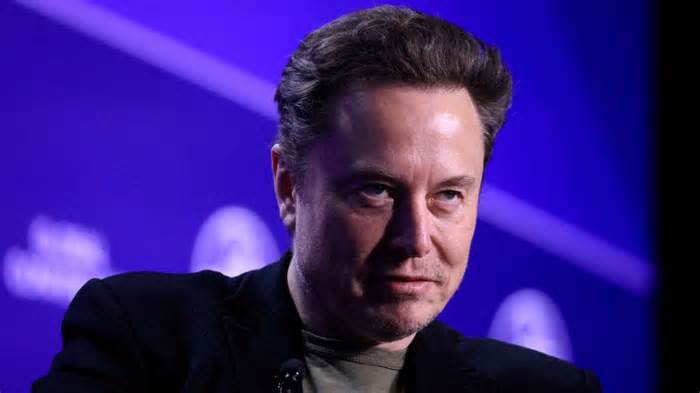
SpaceX Clips Dragon’s Wings After Investigation
- by Hackaday
- Aug 05, 2019
- 0 Comments
- 0 Likes Flag 0 Of 5

Copy
When the SpaceX Dragon spacecraft reached orbit for the first time in 2010, it was a historic achievement. But to qualify for NASA’s Commercial Orbital Transportation Services (COTS) program, the capsule also needed to demonstrate that it could return safely to Earth. Its predecessor, the Space Shuttle, had wings that let it glide home and land like a plane. But in returning to the classic capsule design of earlier spacecraft, SpaceX was forced to rely on a technique not used by American spacecraft since the 1970s: parachutes and an ocean splashdown.
The Dragon’s descent under parachute, splashdown, and subsequent successful recovery paved the way for SpaceX to begin a series of resupply missions to the International Space Station that continue to this day. But not everyone at SpaceX was satisfied with their 21st century spacecraft having to perform such an anachronistic landing. At a post-mission press conference, CEO Elon Musk told those in attendance that eventually the Dragon would be able to make a pinpoint touchdown using thrusters and deployable landing gear:
The architecture that you observed today is obviously similar to what was employed in the Apollo era, but the next generation Dragon, the Crew Dragon, we’re actually going to be aiming for a propulsive landing with gear. We’ll still have the parachutes as a backup, but it’s going to be a precision landing, you could literally land on something the size of a helipad propulsively with gear, refuel, and take off again.
But just shy of a decade later, the violent explosion of the first space worthy Crew Dragon has become the final nail in the coffin for Elon’s dream of manned space capsules landing like helicopters. In truth, the future of this particular capability was already looking quite dim given NASA’s preference for a more pragmatic approach to returning their astronauts from space. But Crew Dragon design changes slated to be implemented in light of findings made during the accident report will all but completely remove the possibility of Dragon ever performing a propulsive landing.
Risk Versus Reward
On paper, the ability for Crew Dragon to propulsively make a soft landing essentially anywhere on Earth is a huge advantage for NASA. For example, consider a scenario where there is a medical emergency aboard the Space Station; Crew Dragon offered not only a gentler touchdown than slamming into the ocean under parachutes, but it could be directed to land the injured crew member in a more convenient location. Instead of dropping an astronaut in the middle of a heart attack miles off the coast, they could potentially be brought down in the Nevada desert and taken to the hospital in an ambulance.
SpaceX concept art of propulsive landing
Even in more mundane scenarios, a soft landing is less stressful for a crew that will already be in a weakened state due to their long stay in orbit. It’s also better for delicate scientific payloads which are being returned from the Station. Being able to land the Crew Dragon back at Kennedy Space Center would also give NASA the ability to quickly access time-sensitive experiments, one of the many capabilities the agency lost with the retirement of the Space Shuttle. The advantages of a soft landing are so great that one of SpaceX’s competitors in the COTS program, Sierra Nevada Corporation, positioned the ability to resume Shuttle-like landings as the keystone element of their Dream Chaser spaceplane proposal.
But despite the many advantages of soft landing an orbital spacecraft, the Dream Chaser didn’t get selected to continue with the COTS program, and Elon Musk eventually admitted the capability for Crew Dragon had been put on the back burner. When asked about it at the 2017 International Space Station Research and Development conference, he said the concept worked on a technical level, but that it had run afoul of NASA’s culture of safety:
Dragon 2 is capable of landing propulsively. Technically, it still is. Although you’d have to land it on some pretty soft landing pad because we’ve deleted the little legs that pop out of the heat shield. But it’s technically still capable of doing it. The reason we decided not to pursue that heavily is it would have taken a tremendous amount of effort to quality that for safety, particularly for crew transport…It could be something that we bring back later, but it doesn’t seem like the right way to apply resources right now.
The message was clear. NASA had already lost a Space Shuttle due to an overly complex heat shield, and didn’t want to take any unnecessary risks with their new commercial partners. It might not be ideal, but the ocean splashdown is a simple and reliable way of getting humans back home safely; a logical choice for companies that are building their first generation of manned spacecraft.
For Emergency Use Only
Saying that the Crew Dragon could technically perform a propulsive landing on a “pretty soft landing pad” might sound like a joke, but with Elon Musk, you should never rule anything out. SpaceX already built a net-equipped ship to catch the Falcon 9’s falling payload fairing, and it stands to reason the same concept could be used with Dragon. It might seem like an unnecessary extravagance just to keep propulsive landings on the table, but it’s important to remember that the SuperDraco landing engines also double as the spacecraft’s Launch Escape System (LES). So no matter what, the engines and all their associated mass are permanently part of the spacecraft.
SuperDraco engines firing during 2015 LES test
Unfortunately, this complex dual-function system has now become something of a liability. SpaceX believes the explosion in April was not due to a fault in the SuperDraco engines themselves, but in a leaky one-way check valve. Put simply, the propellants leaked into a part of the system in which they were never designed to be. When the propellant tanks were pressurized in preparation of firing the engines, the foreign liquids caused the plumbing to rupture. The resulting release of the highly energetic hypergolic hydrazine and nitrogen tetroxide propellants used in the SuperDraco tore the spacecraft to pieces almost instantaneously.
In other words, the event uncovered a serious flaw in the SuperDraco propellant delivery system. If this had happened in 2017, SpaceX would perhaps have taken the time to redesign the system. But it’s 2019, and the Crew Dragon is already considerably behind schedule. NASA and the White House are eager to get astronauts launched from American soil again, and there’s no time to make such extensive changes to the spacecraft.
To remedy the problem to NASA’s satisfaction in the least amount of time possible, SpaceX has decided to replace the valves in question with burst discs. As the name implies, these are one-time-use devices that literally burst when the pressure behind them is high enough. This will solve the problem of propellants leaking where they aren’t supposed to be, but it will also fundamentally change how the engines can be used.
Replacing the valves with single-use burst discs means the SuperDraco engines cannot be fired until they are actually needed, and when they are activated, they’ll likely be run until the propellant tanks are dry. In short, the switch to burst discs means the SuperDraco engines are much closer to the traditional “one and done” abort systems than SpaceX originally envisioned.
Onwards and Upwards
Please first to comment
Related Post
Stay Connected
Tweets by elonmuskTo get the latest tweets please make sure you are logged in on X on this browser.
Sponsored
Popular Post
Tesla: Buy This Dip, Energy Growth And Margin Recovery Are Vastly Underappreciated
28 ViewsJul 29 ,2024






 Energy
Energy



















